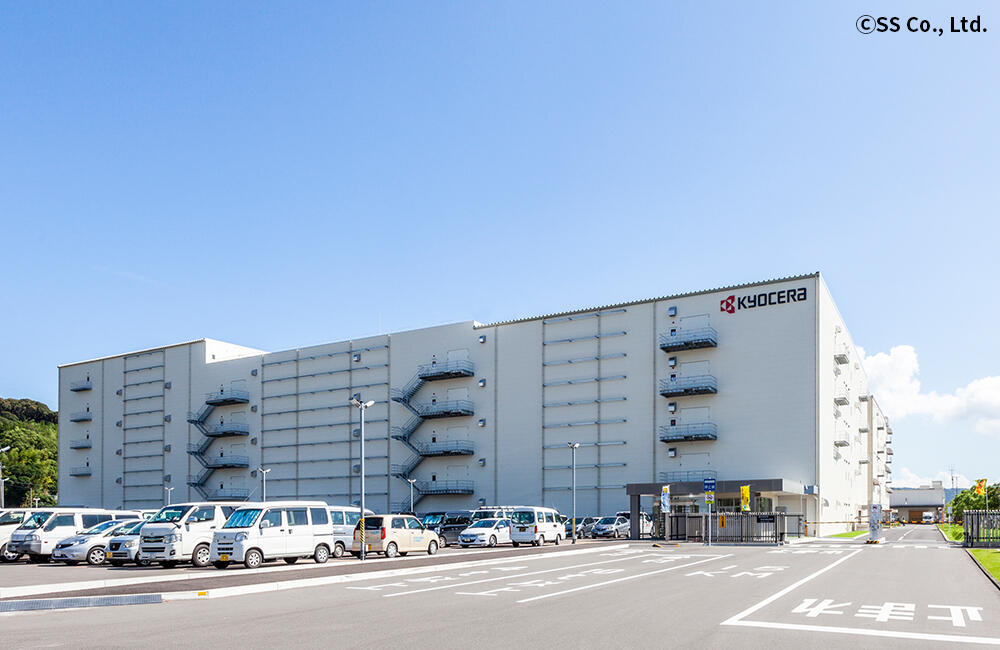Encouraging Employees to Take Full Advantage of Childcare Leave - Another Innovation in Workplace QOL
Over-specialized, or "person-dependent," work is a serious issue for companies throughout industry. When work can only be performed by specific employees, the risk to business continuity increases when critical employees take childcare leave, nursing care leave, sick leave, or other long-term leave. To address this issue, the Kagoshima Sendai Plant SMD Packages Division is working to eliminate person-dependent work with a shift toward becoming a plant with a multi-skilled workforce.
[Case①] Eliminating Person-Dependent Work
Background of the initiatives for eliminating person-dependent work
A person-dependent work system can create a significant obstacle to taking childcare leave.
When specific tasks are performed by a limited number of employees whose training and experience enable them to perform their work without the need for specific manuals or work instructions, it's difficult for individual team members to consider taking time off because doing so would leave the team shorthanded with no one qualified to step in to cover specific responsibilities. It's even harder for team members to consider taking time off when the work requires judgments based on data and complex standards that only a limited number of employees are qualified to make.
Under these circumstances, each time an employee wishes to take leave, the risk of undermining business continuity increases.
Approaches to the Problem
1.Increasing the number of personnel We have secured the right personnel for the necessary work and have built a system capable of responding in a highly flexible manner.
2.Maintenance of work instructions We have clarified procedures so that the same high level of quality can be ensured regardless of who performs the work.
3.Revision of judgment criteria We have simplified and improved complex criteria to make it easy for anyone to understand.

With the goal of improving workplace QOL, we sought the department's understanding and cooperation in eliminating dependency. We felt that because this is an area that affects all employees, everyone's input was essential to success. In addition, sharing information about initiatives within the department significantly increased awareness of the initiatives throughout the organization, and operational stability improved.
This approach has resulted in a greatly improved situation regarding work traditionally performed by specific team members.
[Case②] Multi-Skilled Promotion
Background of the initiatives for eliminating person-dependent work
While there was growing understanding within the department that male employees should also be able to take childcare leave, the problem remained that there were only a limited number of people capable of covering the work of those on childcare leave.
As a result, the need for multi-skilled workers increased, and we proceeded to ensure that employees received the necessary training.
Multi-Skilled Workforce Initiatives
1.Education from a medium-term perspective Through systematic- as well as on-the-job training, we have created an environment in which employees can acquire a wide range of skills.
2.Highlighting the advantage of being a multi-skilled employee We strive to foster a culture in which every employee understands the merits of being a multi-skilled worker and is motivated to actively learn new skills.
3.Comprehensive education Thorough training in each process ensures that all team members are capable of taking charge of various tasks.
As a result, employee skills and competence throughout the department have significantly improved, and teams are able to cover work in the absence of a team member. This has greatly enhanced the flexibility and stability of operations.
The initiatives introduced at manufacturing sites have created a more flexible and stable work environment by eliminating employee-dependent tasks while promoting the presence of multi-skilled employees and opportunities to take childcare leave.
These initiatives will contribute to future work-style reforms and will serve as important factors in supporting sustainable growth.
Related pages: DEI Promotion